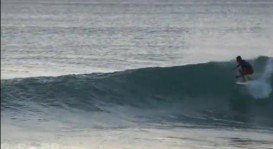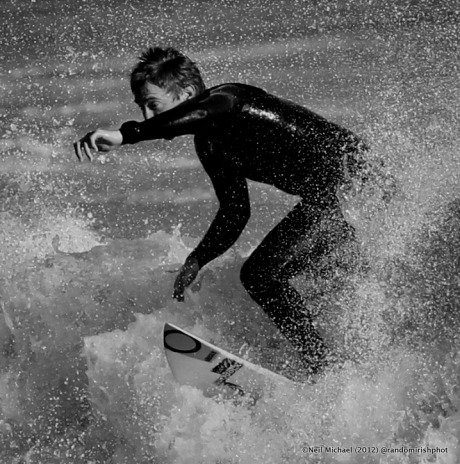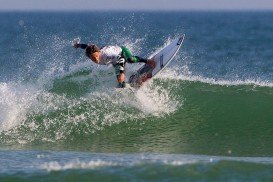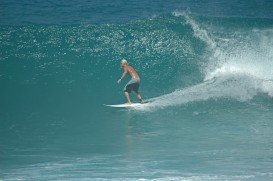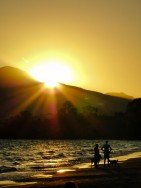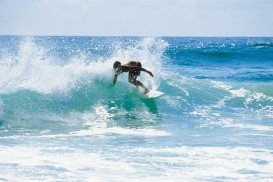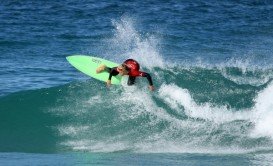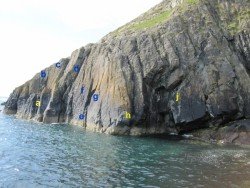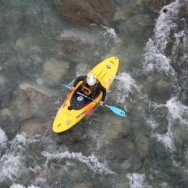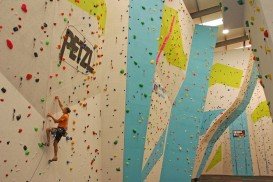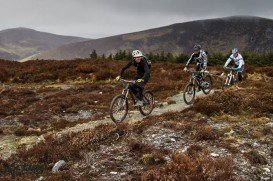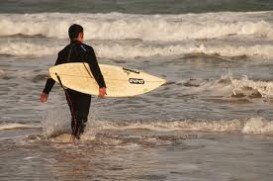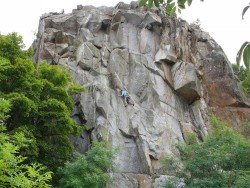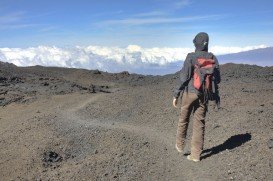Surfing in Killiney Bay, Dublin,
Ireland
Ideal Swell Direction:
South, Southeast
Dublin is the capital city of Ireland and nestles at the mouth of the River Liffey. The climate here is classified as a maritime climate, usually with mild winters and cool summers. This vibrant city is noted as much for its Georgian buildings, museums, theaters and attractions, as for its leisure activities and adrenaline-fuelled adventures.
Killiney is a seaside resort and it is one of the most attractive locations of Dublin, offering breathtaking sea views. Killiney Bay is usually compared to the Bay of Naples in Italy. It is not only a popular holiday destination, but also a popular destination for a number of water-based sports.
The wave type is sand-bar and that’s great when it breaks. The optimum wind direction is from the south and the ideal swell direction is from the south and southeast. The spot offers both left and right hand waves. Here you are able to explore the waves with swell sizes that can start from 1 m/3 ft. In addition, the best tide movement is rising tide and the bottom is sandy with rock.
Killiney Bay is suitable for surfers of all levels of difficulty. Apart from surfing, the area caters a range of accommodation and entertainment options to suit every taste.
